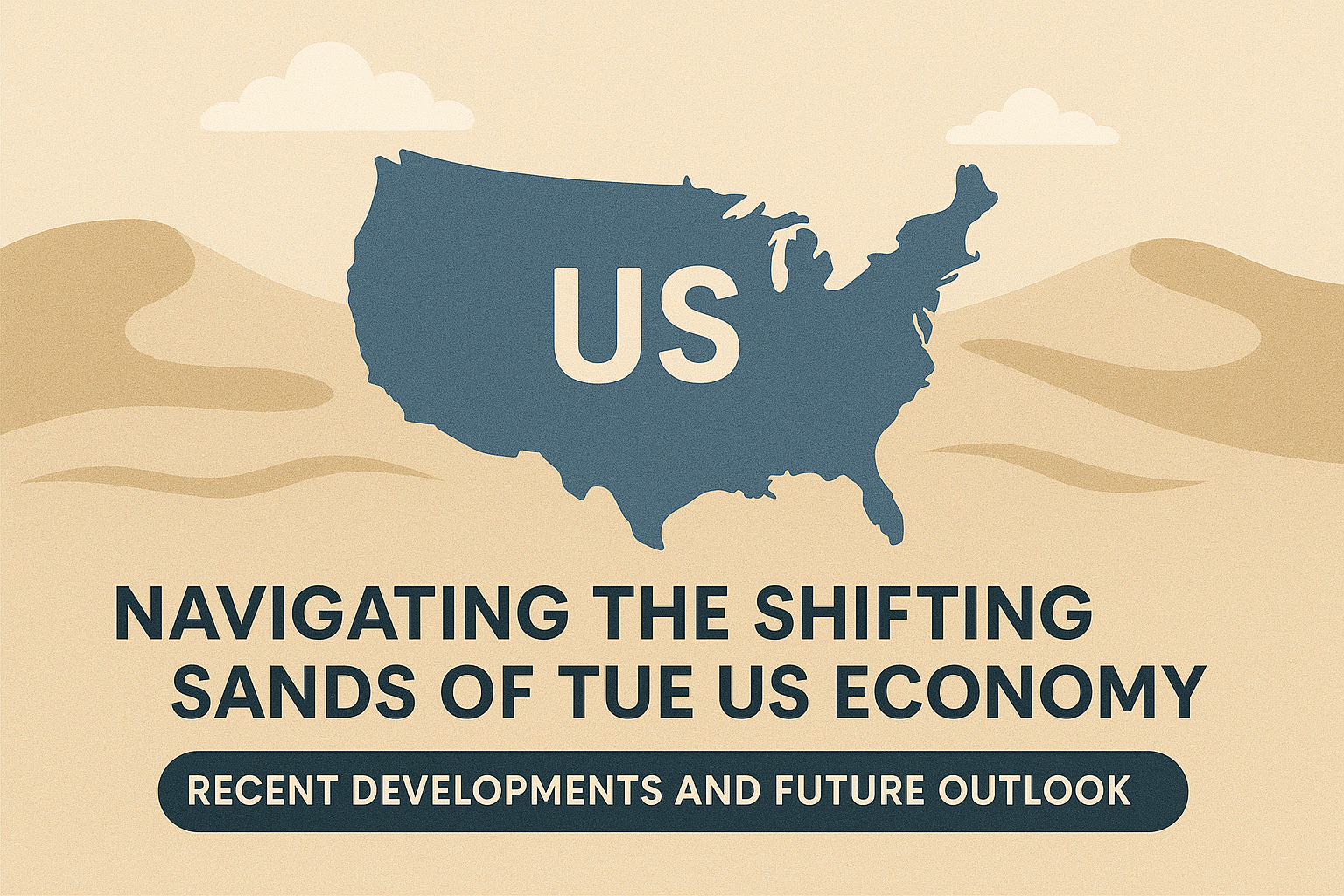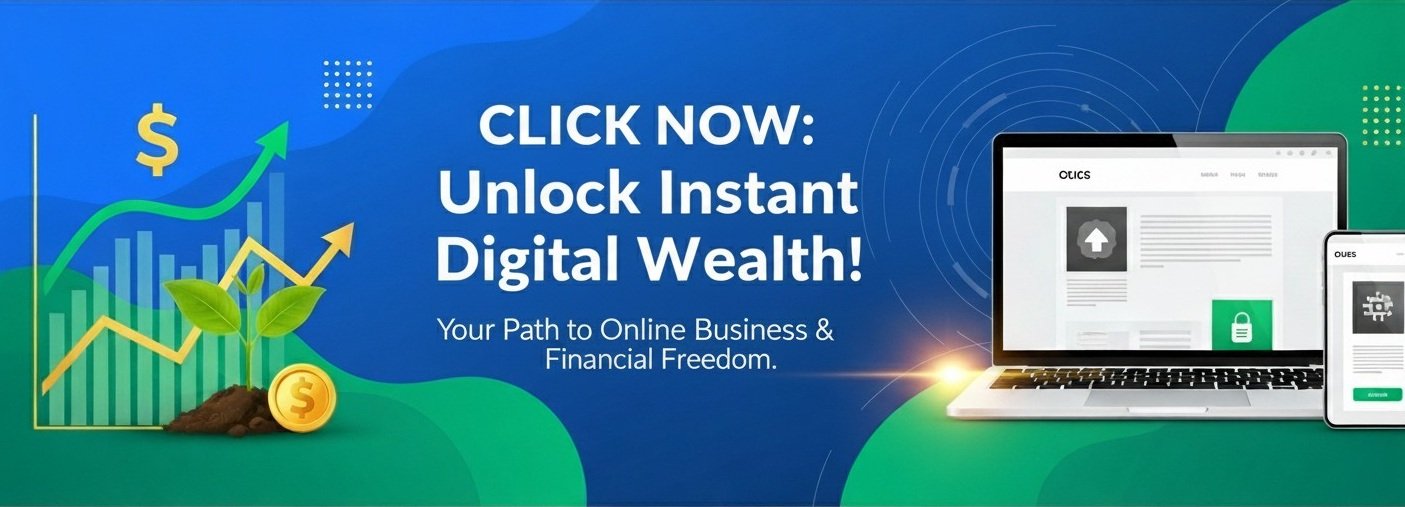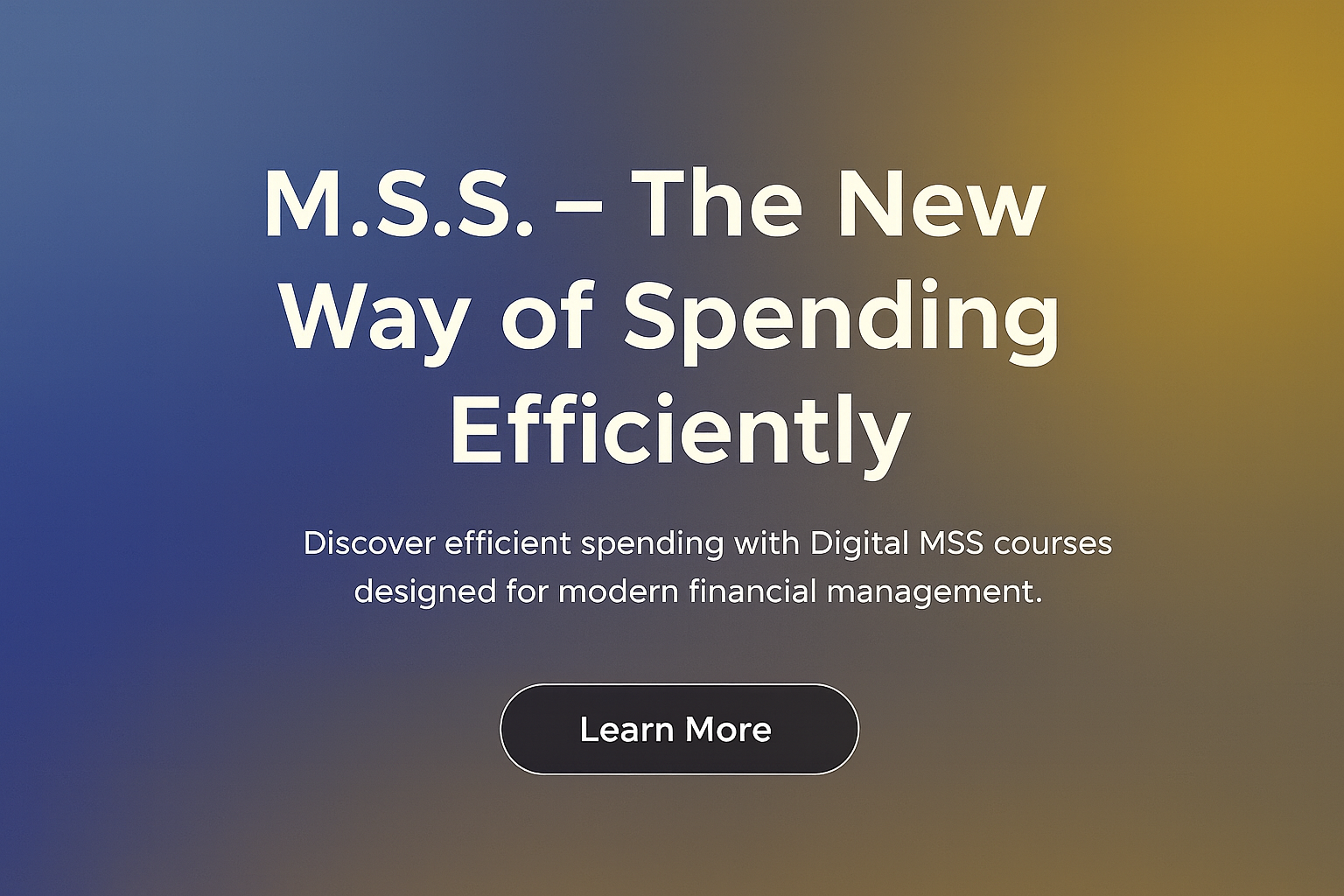The US Economy: A Landscape in Flux
The US economy, a global powerhouse, is constantly evolving, shaped by a complex interplay of domestic and international factors. Recent news paints a picture of both resilience and vulnerability, with ongoing developments that have significant implications for businesses, consumers, and investors alike. This essay aims to provide a comprehensive overview of the key trends and events currently influencing the US economy, examining the challenges and opportunities that lie ahead.
Key Indicators and Current Trends
To understand the present state of the US economy, it’s essential to analyze several key indicators:
1. Inflation: The Persistent Challenge
Inflation, the rate at which the general level of prices for goods and services is rising, has been a major concern for the US economy in recent times. After surging to multi-decade highs, inflation has shown some signs of moderation, but it remains above the Federal Reserve’s target.
- Recent Developments: The Federal Reserve has implemented a series of interest rate hikes to combat inflation. While these hikes have helped to cool demand, they have also raised concerns about a potential economic slowdown.
- Factors Influencing Inflation: Several factors continue to contribute to inflationary pressures, including supply chain disruptions, energy price volatility, and tight labor markets.
- Future Outlook: The trajectory of inflation remains uncertain. While some economists predict a gradual decline, others warn of the risk of entrenched inflation, which could necessitate further aggressive monetary policy measures.
- The impact of geopolitical events, such as the ongoing Russia-Ukraine conflict, on energy prices and global supply chains adds another layer of complexity to the inflation outlook.
- It’s important to monitor how businesses are responding to inflation, with some passing on increased costs to consumers and others absorbing the hit to their profit margins.
2. Employment: A Tight Labor Market
The US labor market has been remarkably strong, characterized by low unemployment rates and robust job growth. However, this strength also presents its own set of challenges.
- Recent Developments: The unemployment rate has remained near historic lows, and job openings have consistently outpaced the number of available workers.
- Factors Influencing Employment: Several factors contribute to the tight labor market, including strong consumer demand, demographic shifts, and lingering effects of the COVID-19 pandemic.
- Challenges of a Tight Labor Market: While a strong labor market is generally positive, it can also lead to upward pressure on wages, which can further fuel inflation. It also makes it more difficult for businesses to find and retain qualified workers, potentially hindering economic growth.
- There are concerns about potential mismatches between the skills of available workers and the requirements of open positions, which could lead to structural unemployment.
- The participation rate, which measures the proportion of the working-age population that is in the labor force, is another key metric to watch.
3. Economic Growth: Signs of Slowdown
After a period of strong recovery following the COVID-19 recession, the US economy has shown signs of slowing down.
- Recent Developments: Gross Domestic Product (GDP) growth has decelerated in recent quarters, reflecting a combination of factors, including rising interest rates, moderating consumer spending, and global economic headwinds.
- Factors Influencing Economic Growth: Several factors are weighing on economic growth, including:
- Monetary Policy: The Federal Reserve’s interest rate hikes, while aimed at curbing inflation, are also dampening economic activity.
- Fiscal Policy: Changes in government spending and taxation can also impact economic growth.
- Consumer Spending: Consumer spending, a major driver of the US economy, has begun to moderate as inflation erodes purchasing power and consumer confidence weakens.
- Business Investment: Uncertainty about the economic outlook can lead businesses to postpone or scale back investment plans, which can further slow growth.
- Global Economic Conditions: A slowdown in global economic growth can negatively impact US exports and overall economic activity.
- Future Outlook: The risk of a recession has increased, although the timing and severity of any potential downturn remain uncertain. Economic forecasts vary widely, with some predicting a mild slowdown and others anticipating a more significant contraction.
- The performance of the housing market, which is sensitive to interest rate changes, is a key indicator to watch for signs of a potential recession.
- Productivity growth, which has been relatively sluggish in recent years, is another important factor that will influence long-term economic growth potential.
4. Trade and the Global Economy
The US economy is deeply interconnected with the global economy, and developments in international trade and economic conditions can have significant repercussions.
- Recent Developments: The US has continued to grapple with trade tensions with key trading partners, although the situation is complex and evolving.
- Impact of Trade Policies: Changes in trade policies, such as tariffs and trade agreements, can affect US businesses, consumers, and overall economic growth.
- Global Economic Slowdown: A slowdown in global economic growth, particularly in major economies such as China and Europe, can reduce demand for US exports, negatively impacting US manufacturing and other sectors.
- Geopolitical Risks: Geopolitical events, such as the Russia-Ukraine conflict, can disrupt global supply chains, increase energy prices, and create economic uncertainty, all of which can have spillover effects on the US economy.
- The strength of the US dollar relative to other currencies can also affect the competitiveness of US exports.
Sector-Specific Analysis
Beyond the broad macroeconomic indicators, it’s important to examine how specific sectors of the US economy are performing:
Technology Sector
The technology sector has been a major driver of US economic growth in recent decades, but it is also facing new challenges.
- Recent Trends: The sector has experienced rapid innovation, but is also facing increased regulatory scrutiny, concerns about antitrust issues, and a potential slowdown in growth.
- Impact of Interest Rates: Rising interest rates can disproportionately affect growth-oriented tech companies, as they tend to rely more heavily on future earnings.
- Artificial Intelligence (AI): The rapid development of AI presents both opportunities and challenges for the tech sector and the broader economy.
- AI has the potential to boost productivity, create new products and services, and transform industries.
- However, it also raises concerns about job displacement, ethical considerations, and the need for new regulations.
Energy Sector
The energy sector is crucial to the US economy, and its performance is closely tied to global energy prices and geopolitical events.
- Recent Trends: Energy prices have been volatile, influenced by factors such as supply and demand dynamics, geopolitical tensions, and the transition to renewable energy sources.
- Transition to Renewable Energy: The ongoing shift towards renewable energy sources presents both challenges and opportunities for the energy sector.
- It requires significant investment in new technologies and infrastructure.
- It also has the potential to create new jobs and reduce reliance on fossil fuels.
- The US role as a major energy producer has significant implications for its trade balance and geopolitical influence.
Manufacturing Sector
The manufacturing sector, while smaller than the service sector, remains an important part of the US economy.
- Recent Trends: The manufacturing sector has faced challenges related to supply chain disruptions, trade tensions, and increased competition from overseas.
- Reshoring Efforts: There has been a growing trend of “reshoring,” with some companies bringing manufacturing operations back to the US.
- This trend is driven by factors such as rising labor costs in other countries, concerns about supply chain resilience, and government incentives.
- The adoption of new technologies, such as automation and robotics, is transforming the manufacturing sector, leading to increased productivity but also raising concerns about job displacement.
Service Sector
The service sector is the largest sector of the US economy, encompassing a wide range of industries, including healthcare, finance, education, and hospitality.
- Recent Trends: The service sector has been relatively resilient, driven by strong consumer demand for services.
- Impact of Inflation: Inflation is affecting the service sector, with rising prices for healthcare, housing, and other services.
- The growth of the digital economy is transforming the service sector, with increasing reliance on online platforms, e-commerce, and digital services.
The Role of Government and Policy
Government policies play a crucial role in shaping the US economy.
Fiscal Policy
Fiscal policy, which involves government spending and taxation, can be used to stimulate or restrain economic activity.
- Recent Developments: The government has implemented various fiscal measures in response to the COVID-19 pandemic and its economic fallout.
- Impact of Government Spending: Government spending on infrastructure, education, and other areas can boost economic growth, but it can also lead to higher deficits and increased national debt.
- Tax Policy: Tax policies, such as changes in corporate or individual income tax rates, can affect business investment, consumer spending, and overall economic activity.
Monetary Policy
Monetary policy, which is managed by the Federal Reserve, involves adjusting interest rates and other tools to control the money supply and influence economic conditions.
- Recent Developments: The Federal Reserve has raised interest rates aggressively to combat inflation.
- Impact of Interest Rates: Rising interest rates can:
- Slow down economic growth: By making borrowing more expensive for businesses and consumers.
- Reduce inflation: By curbing demand.
- Affect the housing market: By increasing mortgage rates.
- Influence the value of the dollar: Which can affect trade and investment flows.
- The Federal Reserve’s decisions are closely watched by markets and businesses, as they have a significant impact on the economy.
- The balance between controlling inflation and maintaining economic growth is a key challenge for the Federal Reserve.
Regulatory Environment
Government regulations can also have a significant impact on the US economy.
- Deregulation: Efforts to reduce or eliminate regulations can lower costs for businesses and potentially stimulate economic activity, but they can also raise concerns about environmental protection, consumer safety, and financial stability.
- Environmental Regulations: Regulations aimed at protecting the environment can lead to cleaner air and water, but they can also impose costs on businesses, particularly in the energy and manufacturing sectors.
- Financial Regulations: Regulations governing the financial industry can help to prevent financial crises, but they can also affect lending and investment activity.
Future Outlook and Potential Challenges
The future of the US economy is subject to significant uncertainty, and several potential challenges could shape its trajectory.
Recession Risk
As mentioned earlier, the risk of a recession has increased.
- Indicators to Watch: Several economic indicators are closely watched for signs of a potential recession, including:
- Yield curve inversion: When long-term interest rates fall below short-term rates, it can be a sign of an impending recession.
- Leading economic indicators: A decline in the Leading Economic Index, which is designed to predict future economic activity, can signal a potential downturn.
- Consumer confidence: A sharp decline in consumer confidence can lead to reduced spending, which can contribute to a recession.
- Housing market: A slowdown in the housing market can also be a sign of economic weakness.
- The severity and duration of any potential recession will depend on a variety of factors, including
Long-Term Challenges
In addition to the short-term risk of a recession, the US economy faces several long-term challenges:
- Income Inequality: Rising income inequality has become a major concern, with the gap between the rich and the poor widening in recent decades.
- This trend can lead to social and political instability, as well as slower economic growth, as a large portion of the population has less purchasing power.
- Aging Population: The aging of the US population poses challenges to the economy.
- It can lead to slower labor force growth, increased healthcare costs, and strains on social security and other government programs.
- National Debt: The growing national debt is another long-term challenge.
- A high level of debt can increase borrowing costs for the government, reduce the amount of funds available for other priorities, and potentially lead to a financial crisis.
- Technological Disruption: Rapid technological advancements, such as automation and AI, have the potential to boost productivity and create new opportunities, but they also raise concerns about job displacement and the need for workers to acquire new skills.
- Climate Change: The impacts of climate change, such as extreme weather events, sea-level rise, and disruptions to agriculture, could have significant economic consequences.
- Addressing these long-term challenges will require a combination of policy changes, innovation, and social adaptation.
Conclusion
The US economy is at a critical juncture, facing a complex interplay of short-term challenges and long-term trends. While the labor market has been strong, inflation remains stubbornly high, and economic growth is showing signs of slowing. Global economic conditions, trade tensions, and technological disruptions add further uncertainty to the outlook.
Navigating this landscape will require careful consideration of both fiscal and monetary policy, as well as a focus on addressing long-term challenges such as income inequality, an aging population, and the national debt. The decisions made by policymakers, businesses, and individuals in the coming years will have a profound impact on the future of the US economy and its role in the global arena. It is crucial to monitor developments closely and adapt strategies accordingly in this evolving environment.
Disclaimer: This article is for informational purposes only and does not constitute financial advice. Please consult a qualified financial advisor before making any investment decisions.
Related External Links
- U.S. Bureau of Economic Analysis (BEA): https://www.bea.gov/
- The Conference Board: https://www.conference-board.org/
- Federal Reserve: https://www.federalreserve.gov/
- International Monetary Fund (IMF): https://www.imf.org/
- AP News – Economy: https://apnews.com/hub/economy








